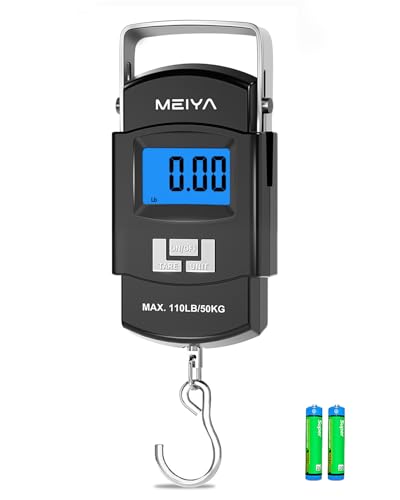With my impending move to Wilmington, NC, sometime next year, I feel like I am on a “farewell tour.” I’m anxious to get around to all the good spots this fall and next spring before my focus shifts to a new venue.
It had been over a year since I fished the Staunton, and I was hopeful that it would be as good as I remembered. I’m happy to report that it is even better than before. The dry summer did not seem to have an adverse affect on this small river. There was still plenty of cold water filling all of the community pools and each of those held a healthy population of brookies. Granted, nothing huge, but certainly enough to be a challenge meriting a stealthy approach and accurate presentation.
At this point in the year, most of the hatches are pretty much over with so I did not have high expectations of significant dry fly action. I used dry flies where the current was too gentle to push nymphs and, my Tenkara rod, a traditional Japanese fly-fishing rod, is not really good for streamers as an alternative. In fact, the biggest challenge of fishing the Staunton River is the overwhelming amount of protective overhead vegetation. I collapsed my Tenkara Rod down to 6 feet, slapped some duct tape at the junction with the handle, and used it as a short stick for the entire day.
There is a trail following the river up into the hills. It’s offset from the stream by varying distances and is far enough away to where you cannot look at the water while walking on the easy path. Therefore, fishing requires careful clambering over the large rocks in the narrow streambed, which can be physically demanding and requires a good level of fitness and balance.
There are numerous places where the southern bank is high, which makes climbing out problematic – you must continue upstream over the rocks until you find the next accessible spot to scramble out. It seemed as if the farther upstream I fished, the better it got. As you can see from the map, the contour lines are fairly close, causing the formation of plenty of community pools fed by small waterfalls.
The stream flattened out there I turned around, but it would be interesting to proceed upstream to see if the water gets better the farther you hike. As it was, I hiked in over a mile to get to the point shown on the map and the fishing was good enough to make this a worthwhile trip.Bottom line: If it is crowded on the more popular Rapidan, and you are in reasonably good shape and careful where you step over the slippery rocks, the Staunton River is a good alternative.
Google Local Coordinates: 38.438144,-78.367542
Secrets Revealed? No. This is a very public location that is documented on the SNP website.
Tell a friend about this article by clicking on this link
Date Fished: 10/1/2012

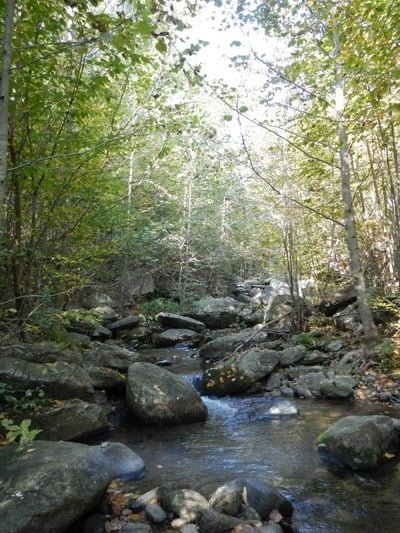
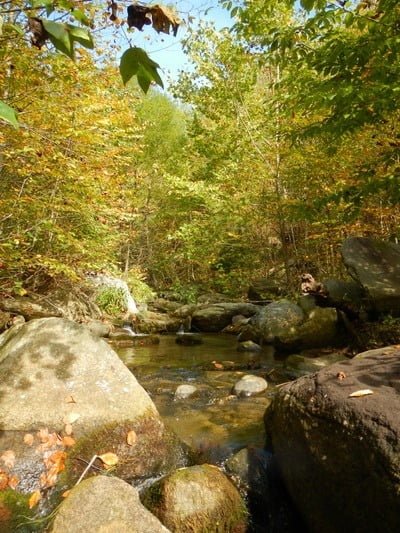
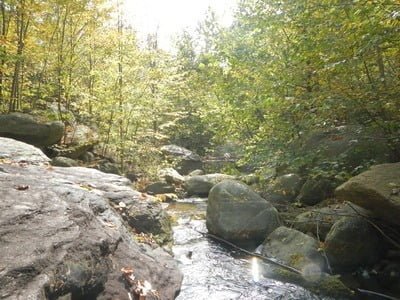
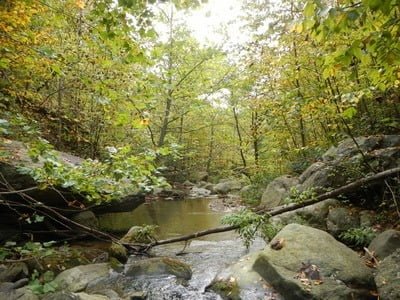
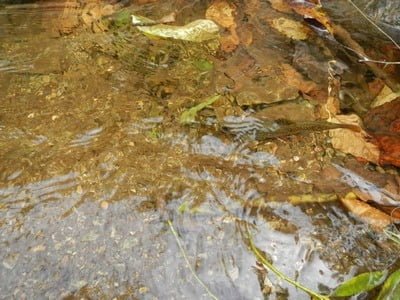
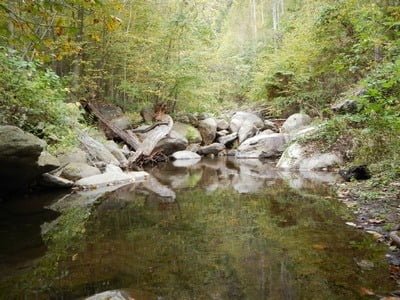
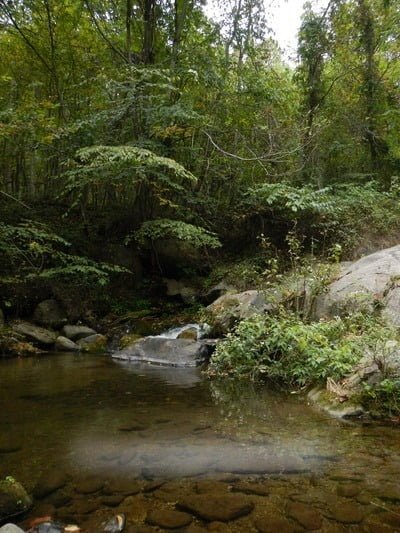
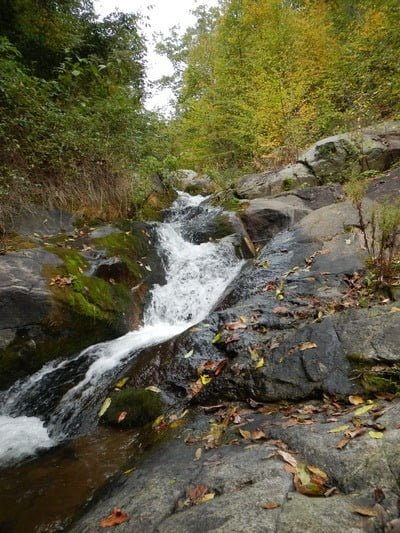
Unless stated otherwise, this article was authored by Steve Moore
